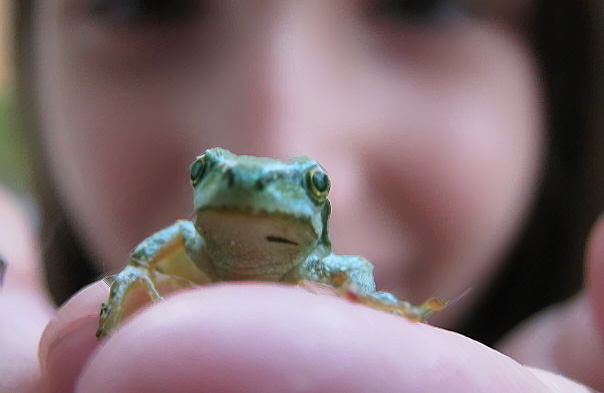
Photo courtsey of Cheryl Dimof
Is your kid begging for a frog, snake, or tortoise for a pet? How about a lizard, scoprion, or tarantula? Before they get too excited, there are some things they should know so that they better understand what they’re getting into with an exotic pet.
Exotics are not like dogs, cats, or hamsters. And you’ll want your child to be prepared for the differences in caring for and enjoying a less conventional pet.
If you’ve never owned an exotic pet yourself, then you may also be wondering how different they could possibly be. Fortunately, you have this article to give you a heads up. (Or, if you don’t have time for reading, you can just head into The Tye-Dyed Iguana and ask our team about amphibian, reptile, and invertebrate care!)
Here are the things to know when buying an exotic pet for your kid.
Most of these pets are not cuddly
Let’s just get this one out of the way right at once. If your child is used to dogs, cats, or other furry and cuddly animals, then they may have the impression that a tree frog or gecko is the same. They are not.
Most exotic pets do not like to be handled. And for some of these pets, like frogs, handling can actually be dangerous to the animal. That’s because frogs breathe in part through their skin. When the oils and dirt from human hands get all over them, it can clog the membranes and make it difficult for your frog to breathe. It can also allow toxins into the frog’s system.
For other pets, being picked up or touched too much is stressful. Stress is harmful to any pet, and a stressed pet is more likely to bite or react in a defensive way.
Some exotic animals do okay with occasional handling, especially if they’ve become accustomed to it from a young age. But for the most part, your child must understand that their pet is to be enjoyed through observation.
They can carry salmonella
Don’t let this deter you if you’re otherwise fine with exotic pet care. It’s just good for you to know that many reptiles and amphibians do care salmonella bacteria. Because of this, it’s important to teach your child to wash their hands after every time they handle or touch their pet or the interior of its habitat.
Feeding is not for the squeamish
Many reptiles and amphibians (though not all) are carnivores or insectivores. In some cases, that means feeding the animal live worms, crickets, roaches, or mice. If your child is old enough to be responsible for all the animal’s care, you can have them watch our team during a feeding to see if they can handle it.
Some carnivores will take frozen food instead of live prey. There are also many pets that are herbivores or omnivores and do not require live food. But they can look pretty gross when they eat anyway! (See the tortoise below.)
Your kids can learn more by signing up for our new Snake School (spoiler: it’s not just about snakes!).
